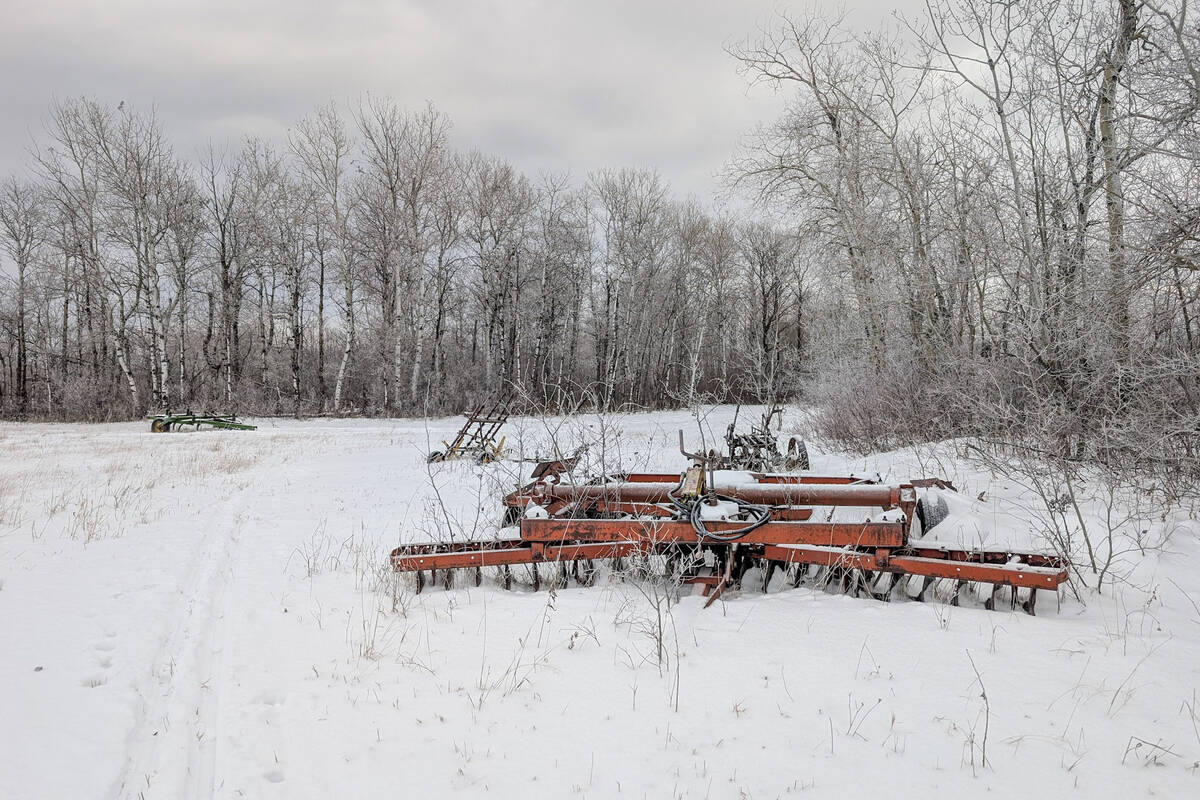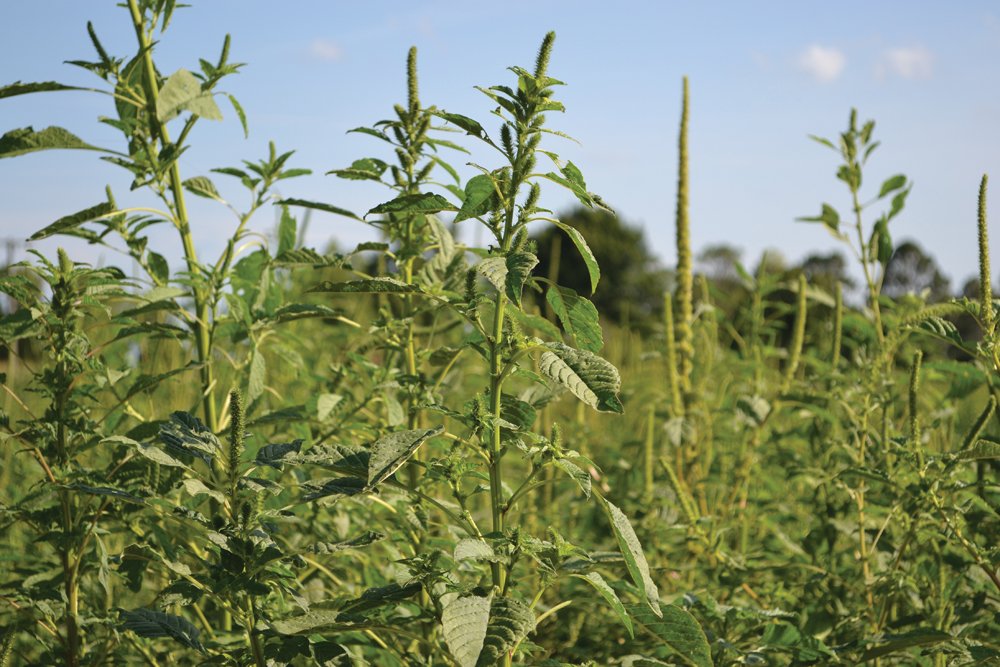CNS Canada –– Officials in North Dakota continue to hunt down suspicious plants in a bid to keep the aggressive weed Palmer amaranth from establishing there.
Palmer amaranth, a pigweed species, made its first confirmed appearance in North Dakota last month, in a soybean field in McIntosh County, in the south-central area of the state.
Officials are waiting for DNA tests from weeds found in nearby fields, to learn if more Palmer amaranth is present.
The plants from the original field were destroyed but surveillance by North Dakota State University Extension and the North Dakota Department of Agriculture is ongoing.
Read Also

Prairie forecast: Northwesterly flow brings seasonable temperatures, weak systems
This forecast period is dominated by two lows — one to the far west, and one over Hudson Bay. The relative strength of the two lows will determine temperatures across the Prairies.
“The plants pulled by nearby fields were very similar to the Palmer amaranth found in the first field,” Agriculture Commissioner Doug Goehring said in a release.
“Due to similarities in other amaranth species, we are waiting for a DNA analysis to confirm or deny that these plants were Palmer amaranth.”
Palmer amaranth can be spread through contaminated seed, machinery movement, animal feed and bedding, and by birds.
Investigators believe the plants were not spread in contaminated seed mixes, Goehring said in the release.
Palmer amaranth can produce up to a million seeds per plant. It has wreaked havoc on the cotton industry in the southern U.S. — and has developed glyphosate resistance.
U.S. scientists, in a survey carried out by the Weed Science Society of America, last year called Palmer amaranth the most troublesome weed in broadleaf crops and in fruits and vegetables.
Manitoba and Ontario are monitoring the situation closely, have declared Palmer amaranth to be a noxious weed and have set out monitoring and control measures.
Minnesota, a next-door neighbour state for North Dakota, Ontario and Manitoba, confirmed its first case of Palmer amaranth in September 2016 in Yellow Medicine County, about 330 km south of Fargo.
















